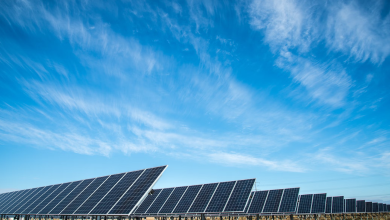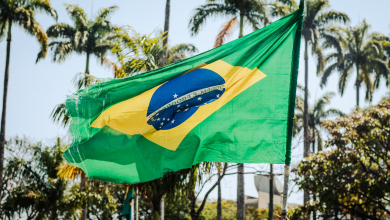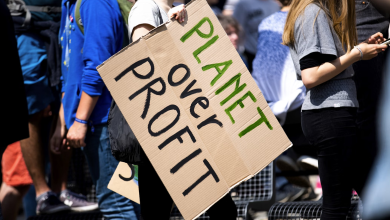Hurricane Idalia: How Climate Change is Fueling Stronger and More Frequent Hurricanes

Meteorologists are worried about the strength of storm activity in the Atlantic’s hurricane alley following the recent landfall of storm Idalia on Florida’s Gulf Coast. Due to extremely warm global surface ocean temperatures, researchers later changed their forecast from having a near-normal hurricane season. There is growing evidence that climate change is a factor in the rising severity and frequency of catastrophic storms, even though the connection between climate change and Hurricane Idalia’s specific behavior is still unclear.
The Impact of Climate Change on Hurricanes
Climate change is exacerbating the characteristics of hurricanes, making them more powerful, wetter, and slower-moving. The planet’s temperature is significantly moderated by the oceans. 90% of the heat produced by greenhouse gas emissions during the previous four decades has been absorbed by the ocean. Because it is concentrated near the water’s surface, this extra heat can exacerbate storms. Rising ocean temperatures make storms more powerful by boosting their energy and wind intensity. Additionally, as the atmosphere warms, more moisture is held in it, which causes hurricane rainfall to rise. For instance, climate warming increased hourly rainfall rates in hurricane-force storms by 8%-11% during the particularly active 2020 Atlantic hurricane season. It is predicted that the present 1.1 degree Celsius increase in global temperature will boost hurricane wind speeds by up to 10%.
Future Projections
The U.S. National Oceanic and Atmospheric Administration (NOAA) estimates that a further 2 degrees Celsius of warming might result in a 10% increase in the percentage of storms that reach Category 4 or 5 intensity. While historically fewer than a fifth of storms have achieved this strength, predictions indicate that more storms may do so in the years to come.
Hurricanes are becoming more powerful due to climate change, but their patterns are also changing. As temperatures rise, more months of the year are being affected by storm formation, which is changing the conventional hurricane season. Now that hurricanes are affecting previously unaffected areas, cities that are not prepared for such storms face difficulties. Hurricane frequency and timing are also altering. The start of the hurricane season is impacted because the first named storms to hit the U.S. are making landfall more than three weeks earlier than they did a century ago.
Similar trends are developing all over the world; this tendency is not specific to the United States. Cyclones are emerging earlier than typical in places like Asia’s Bay of Bengal, ahead of the summer monsoon. Due to these changes and the fact that cities have not historically been acclimated to hurricane impacts, there are now more worries about how prepared cities are to deal with severe storms.
The Hurricane Idalia incident serves as a timely reminder that there are serious concerns regarding the intricate interactions between climate change and storm behavior. The overwhelming body of evidence indicates that increasing ocean temperatures and a changing climate are responsible for the severity, frequency, and altered patterns of these destructive storms, even though scientists are still investigating the extent to which climate change hurricanes. Understanding how climate change affects storms is crucial for planning preparedness and mitigation measures as the world struggles with its effects.



